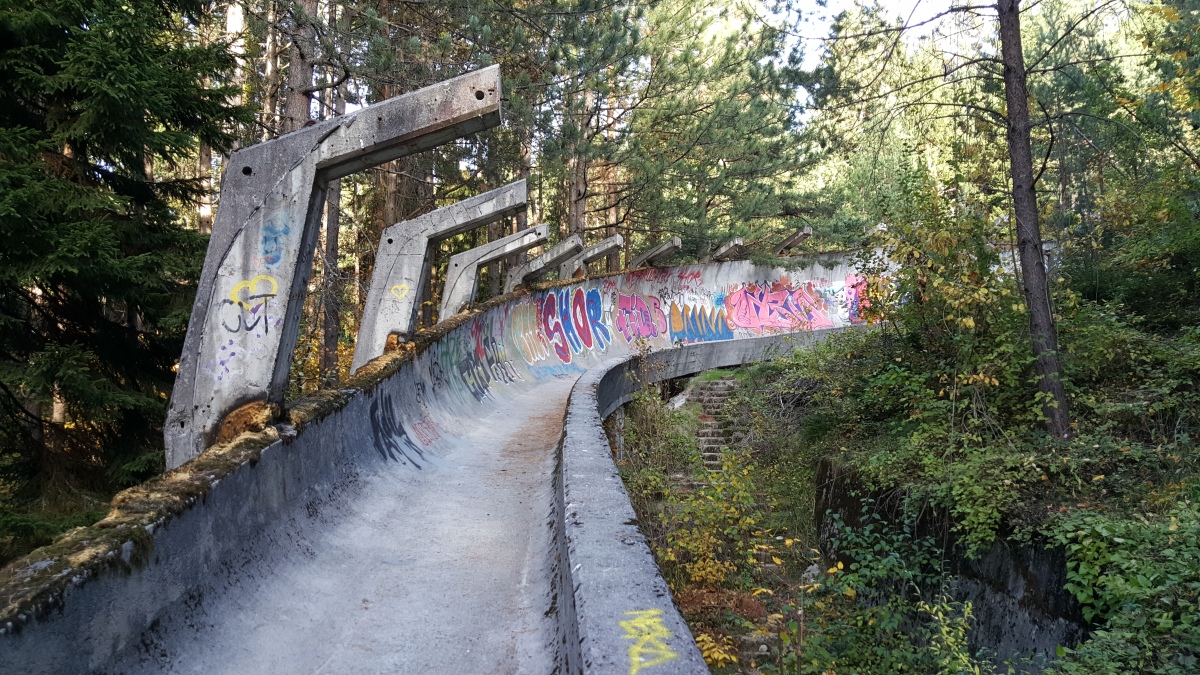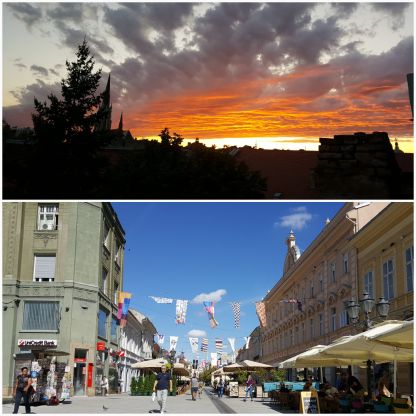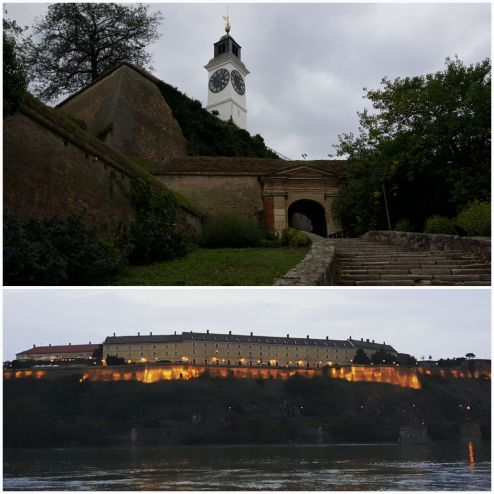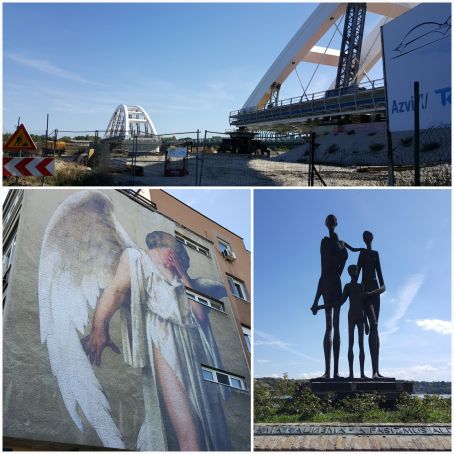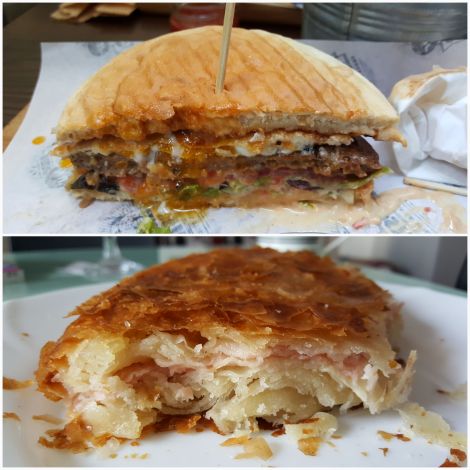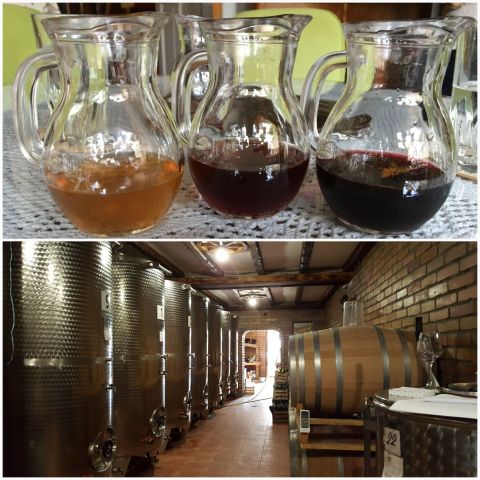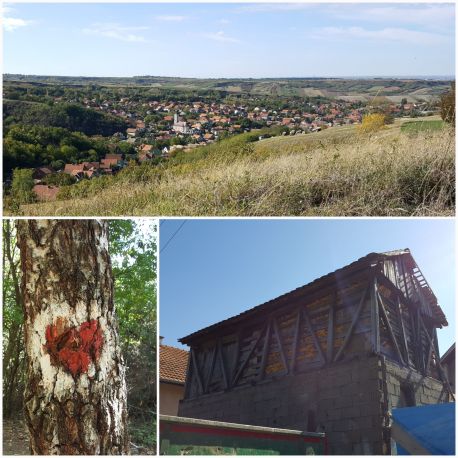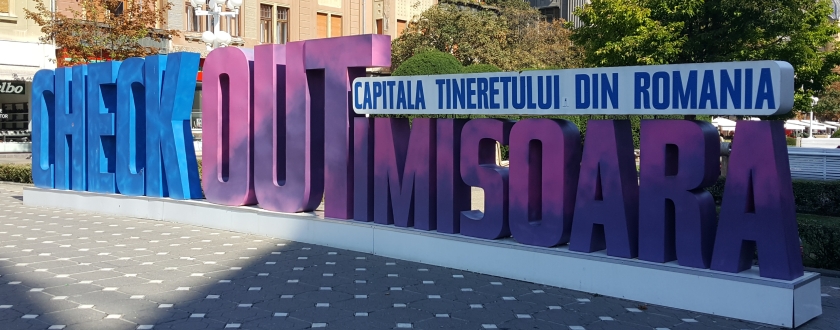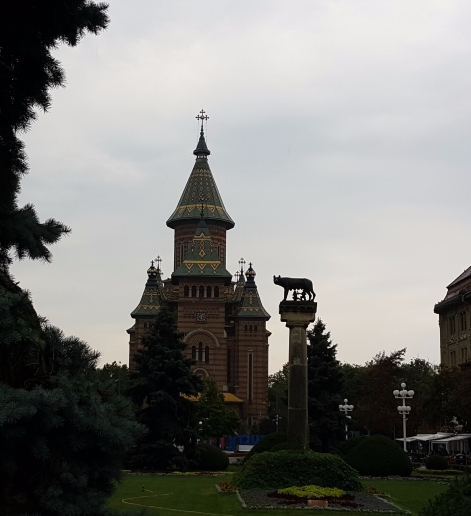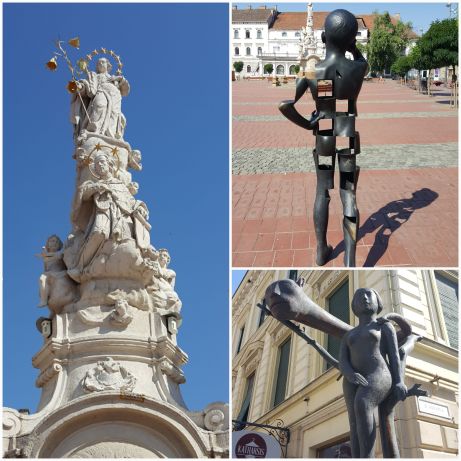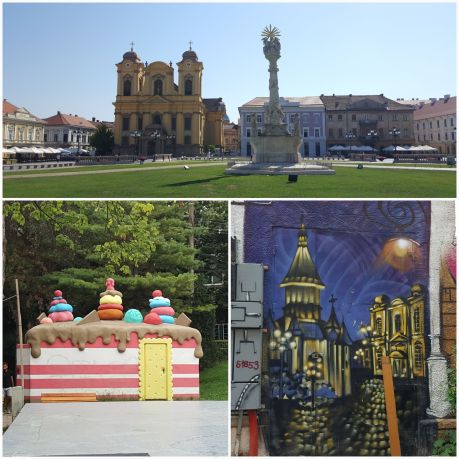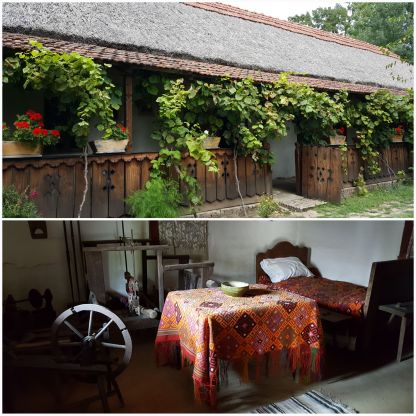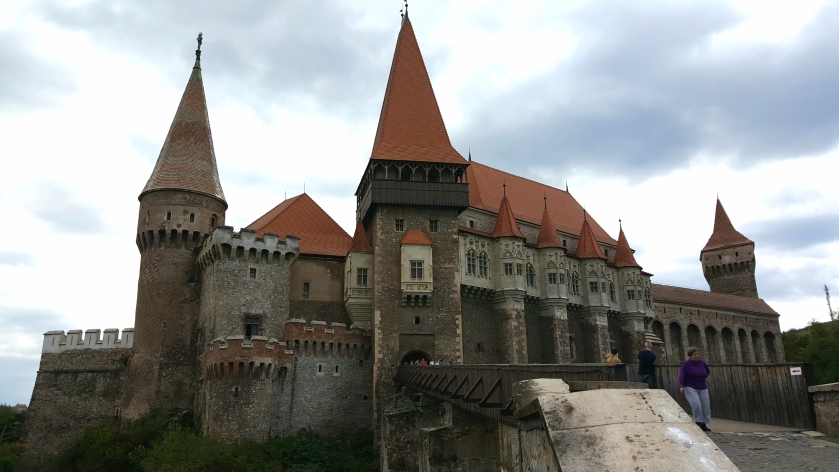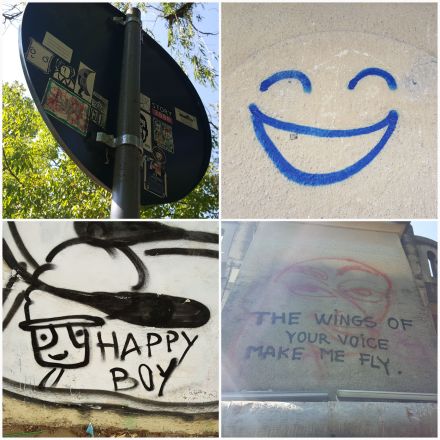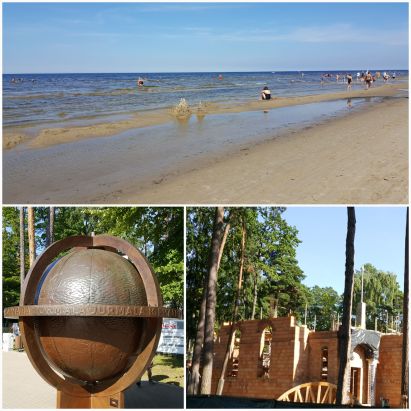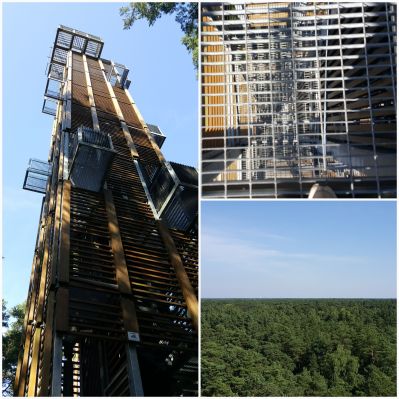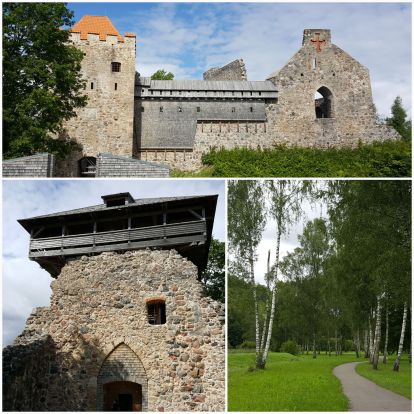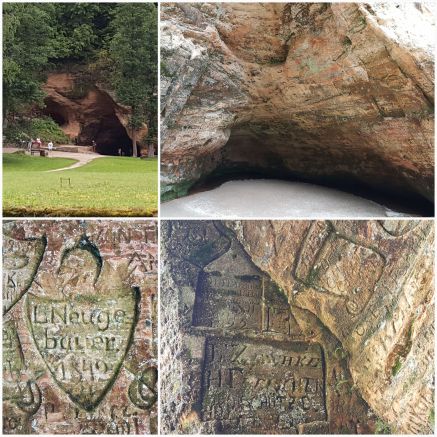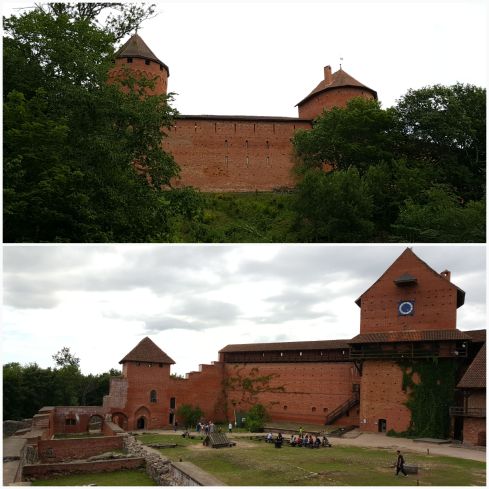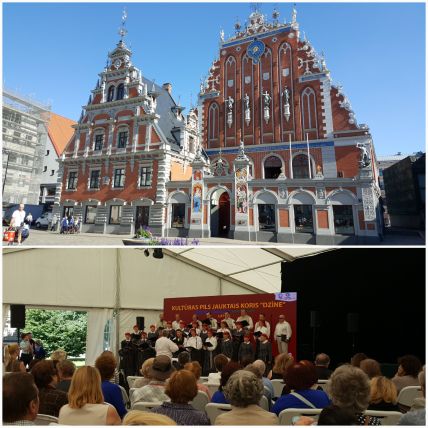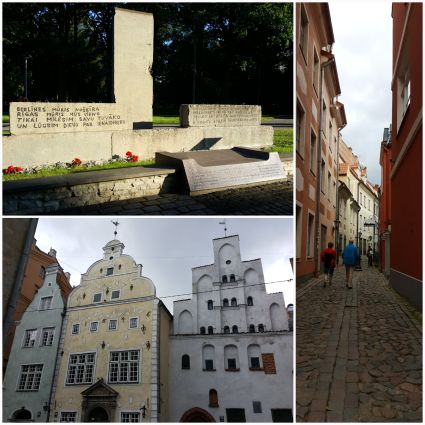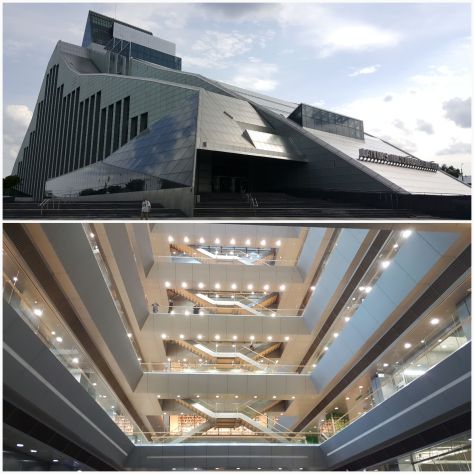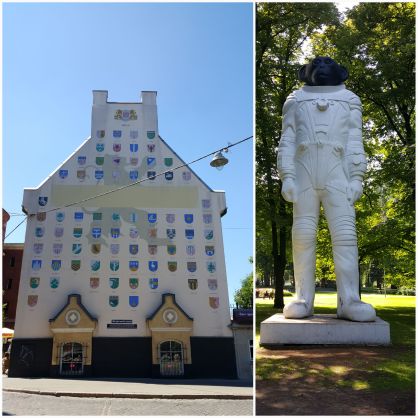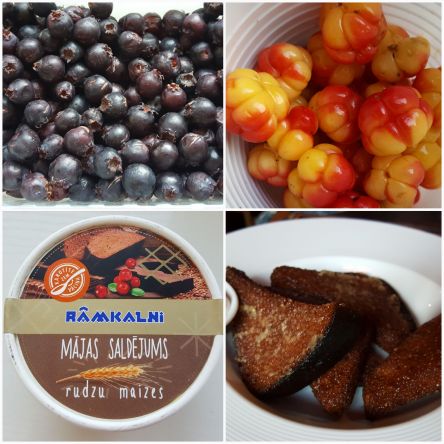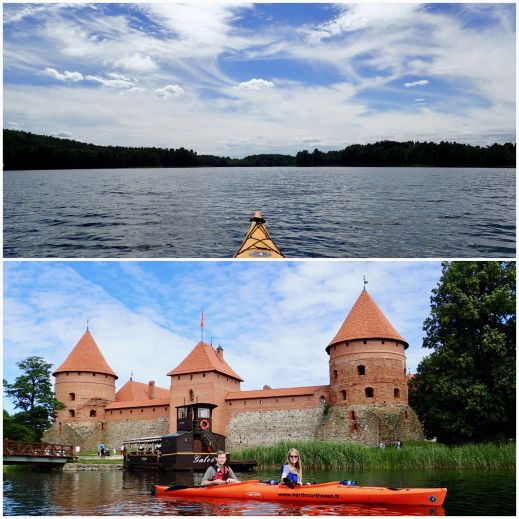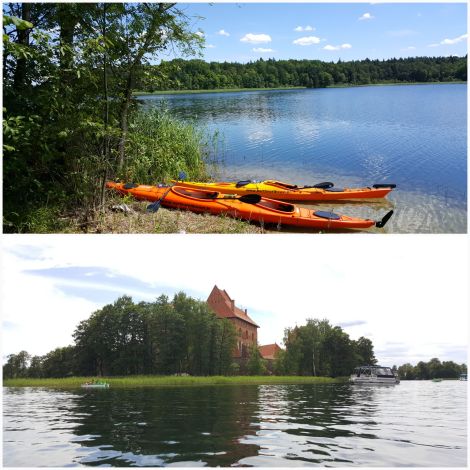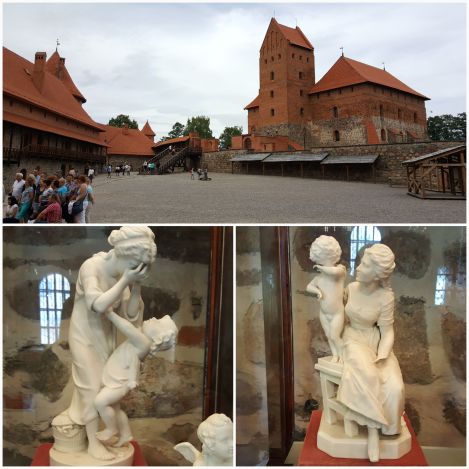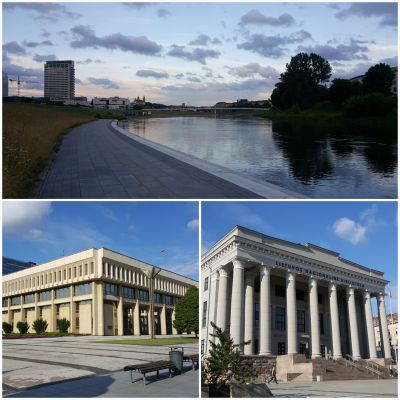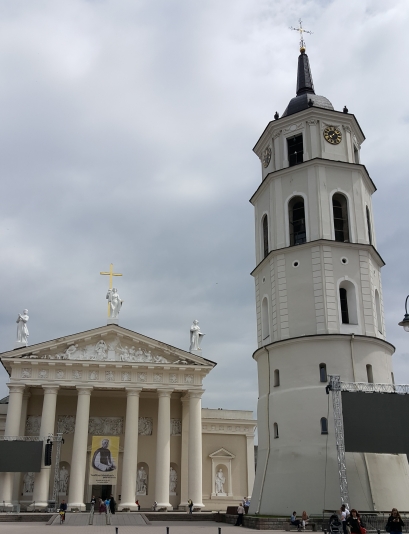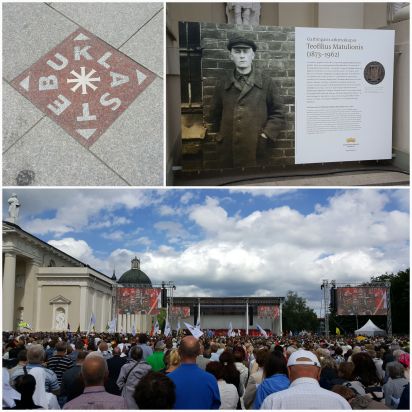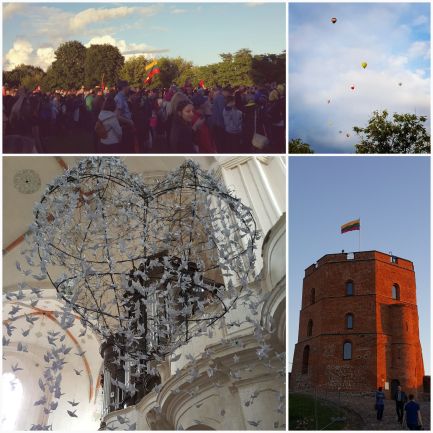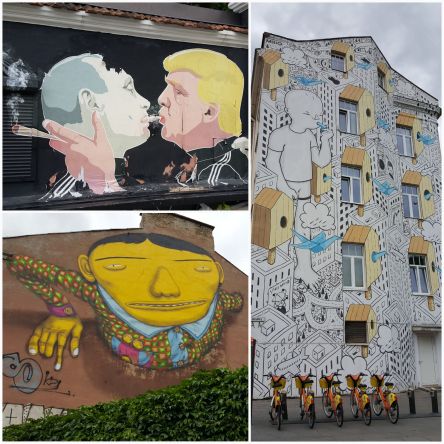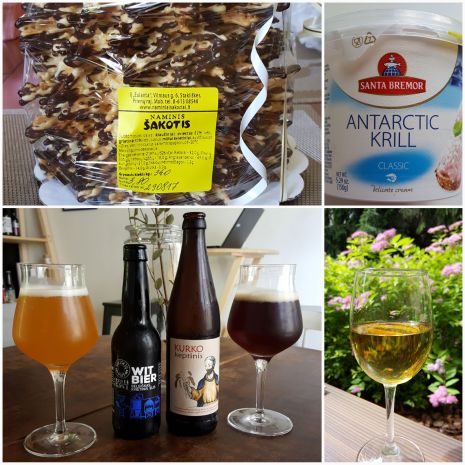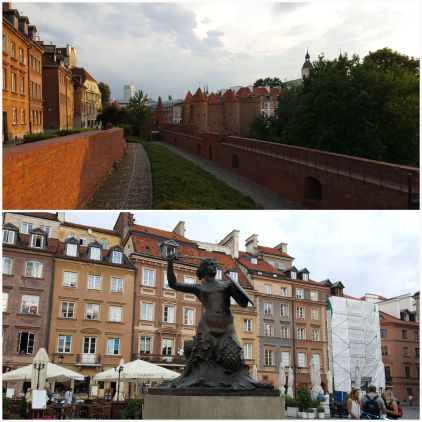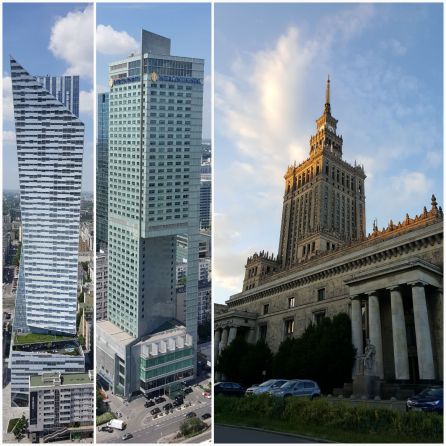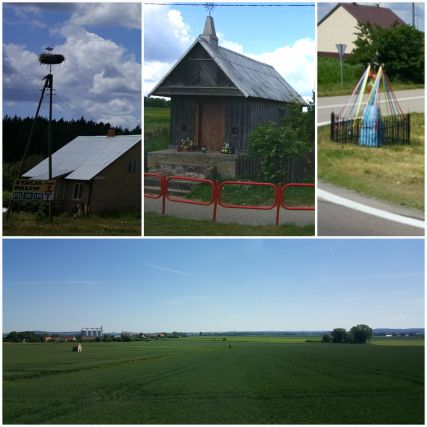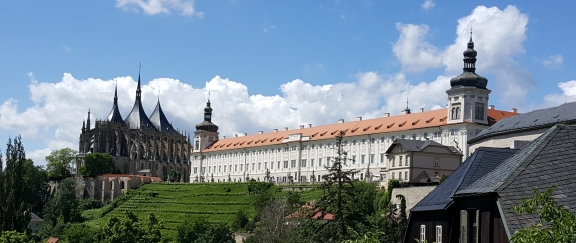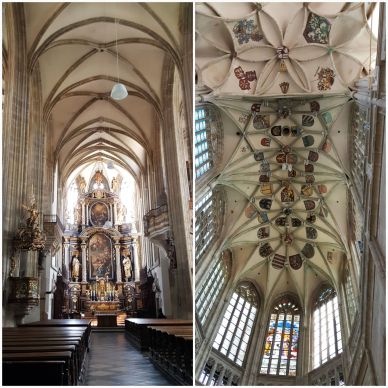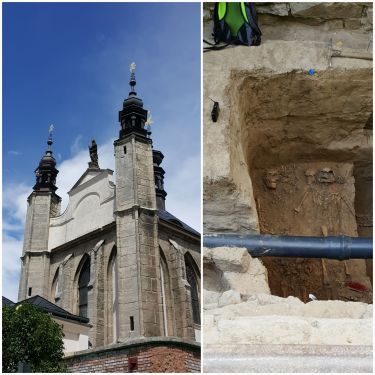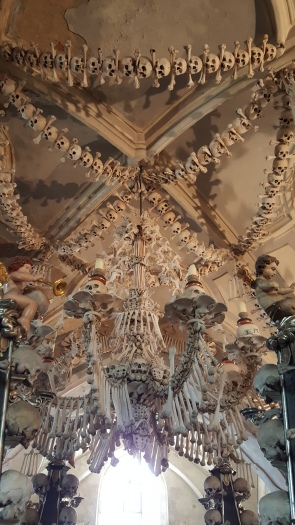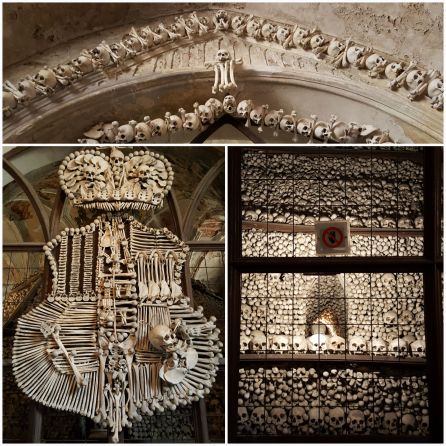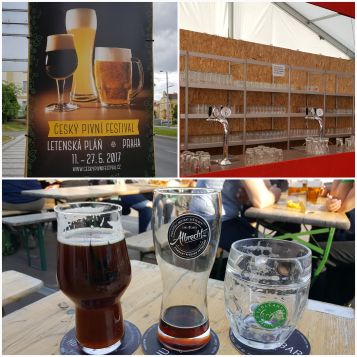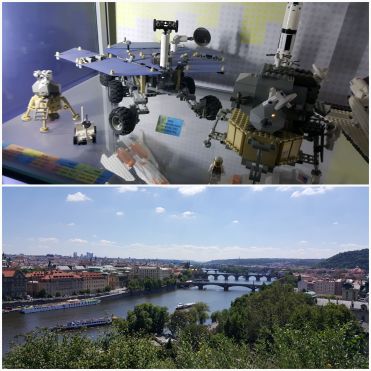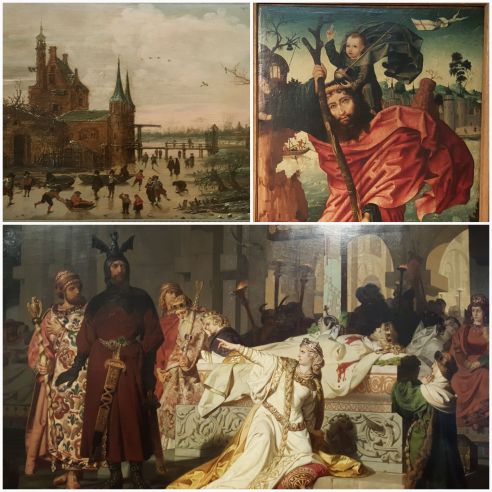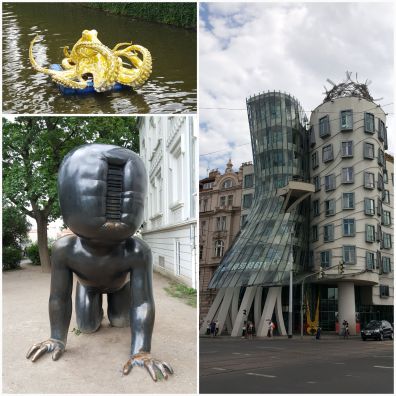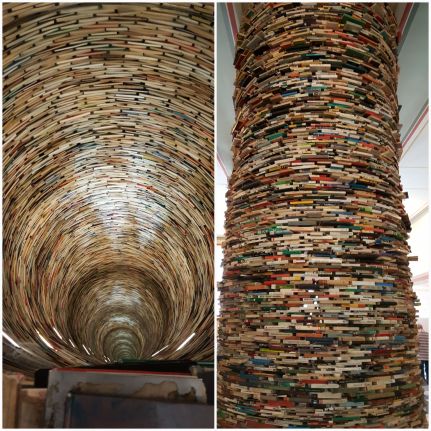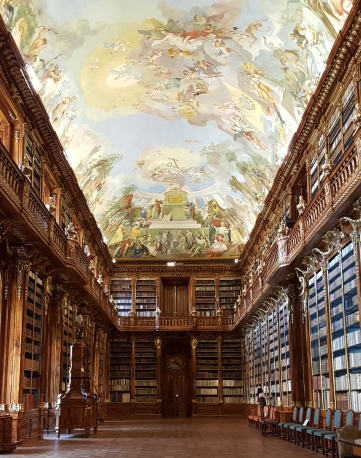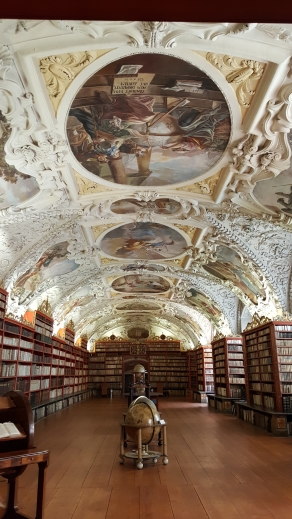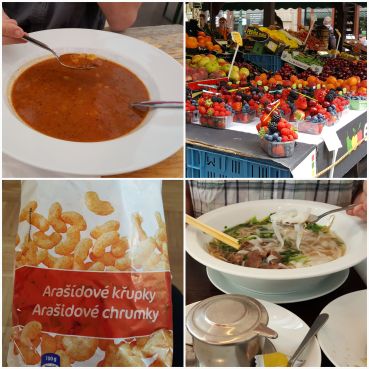Since reading Zlata’s Diary in grade school, the idea of visiting Sarajevo had been tucked in the back corner of my mind. In October, we finally made our way there, bussing from Novi Sad, Serbia. Bosnia’s landscape stunned us right from the border. Crossing the Drina River put us squarely into the Dinaric Alps and our route followed a winding highway through the mountains that passed by small farms with herds of sheep grazing next to the road.
Sarajevo sits at the base of Trebević Mountain, and is ringed by hills. From our bus, our first glimpses of the city were of dozens of white minarets rising from among the hillside houses. The city looked quiet and peaceful, nestled in its valley. Our hosts met us at the station and saved us a steep walk to our stay. The Airbnb was spacious, but our favorite part was the view over the bright LED screens populating the sides of the new malls and office towers.
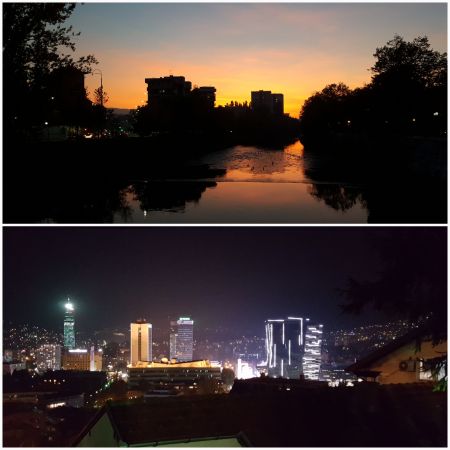
From April 1992 until February 1996, the longest siege in modern history demolished Sarajevo and took the lives of more than 11,000 citizens and defenders, including more than 1,500 children. It was impossible to walk through the city and not see evidence of the bombs. Houses in our neighborhood were still in ruins, even 20 years later. Facades on older buildings often still bear missing pieces of concrete from shrapnel sprays.
Sidewalk dents filled with red resin mark sites where bombs rained down death. They are disturbingly common. In Veliki Park, a memorial to the hundreds of children killed in the siege lists too many names to count. The War Childhood Museum attempts to tackle the individual stories using a single object from a child’s life along with a (often) heartbreaking memory. We tried and failed to imagine how difficult life must have been during those years.
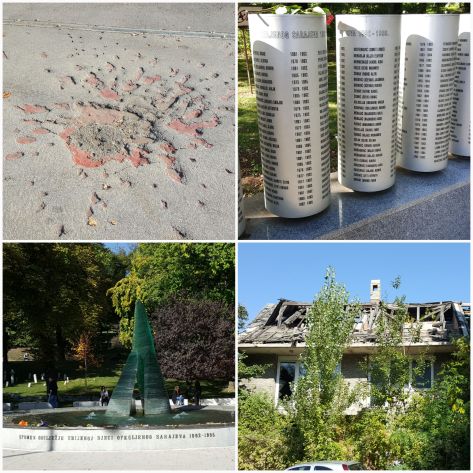
The Old Jewish Cemetery near our apartment had been used as a Serbian artillery position during the siege. Many gravestones still bear bullet and shrapnel scars; the landmines were thankfully removed after the war. Even the History Museum’s facade has shrapnel wounds and it only features war-related items.
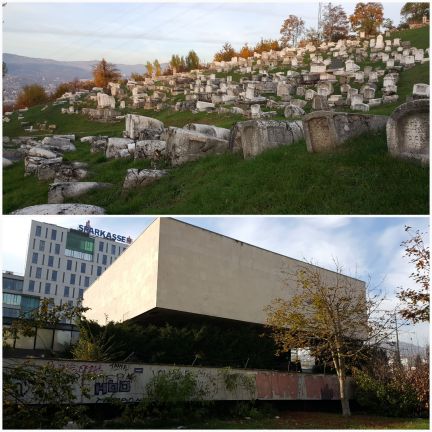
Above the city, relics from the 1984 Winter Olympics lay abandoned and damaged in the woods. The most famous of these is the bobsled and luge track. Though local groups are attempting to revive the track as a sporting venue, it is still mostly utilized as a massive graffiti wall.
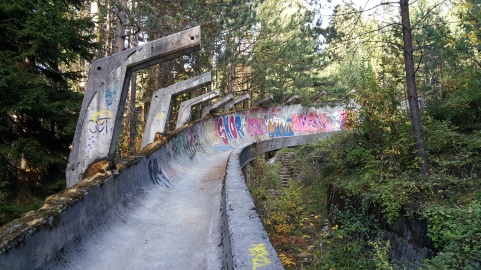
A far cry from its Olympic glory, the concrete track is now overgrown by trees and mosses. The bright paint provides a stark contrast to the rest of the structure.
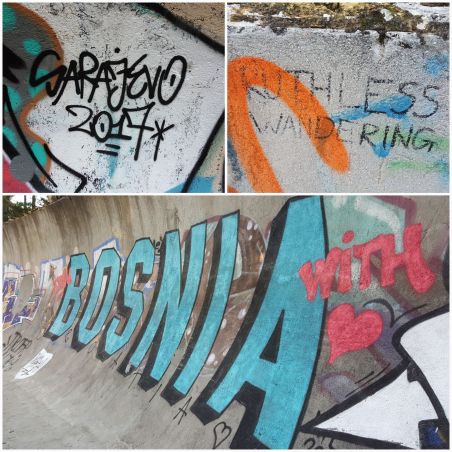
We walked the entire length of the track. The buildings at the finish line have trees growing up between what were shower stalls. Nearby homes were similar concrete shells, missing roof and windows alike. To return to the city, we hiked downhill on a narrow rocky track that ended in the back of a steep-streeted neighborhood.
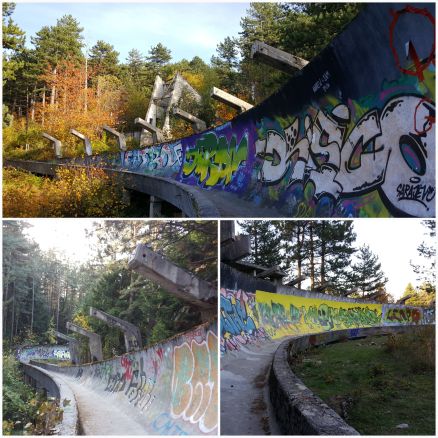
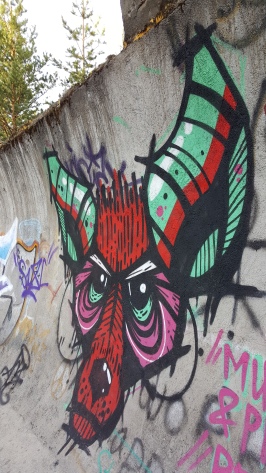
We heard rumors of Sarajevo’s tasty cuisine in Novi Sad, and the compliments were completely deserved. The crowning meal is cevapi, skinless sausages stuffed into a pita bun and topped with onion. Locals eschew adding sauces to this mix, though I preferred them with pavlaka (a heavy cream). Peanut crips that were a favorite in Croatia last year were outshone by Snacky Flips, a Bosnian brand that looked like onion rings and tasted light and crunchy.
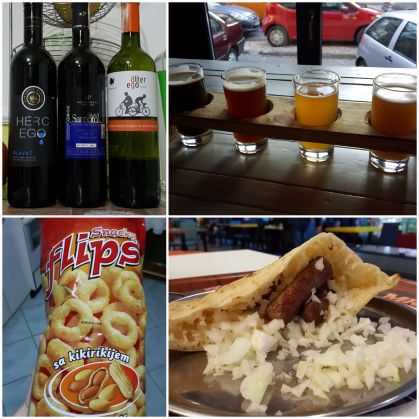
Like its neighboring counties, Bosnia produces quite a bit of local wine. Our two most-purchased varieties were plavac mali and vranac. Bargain brands often have liter bottles for the same price as .75 liters (if you don’t mind thinner glass), and turned out to be the best choice. As in other Balkan countries, good craft beer takes a little work to find, but The Brew Pub had some tasty beers. Our favorite was Furka, their Amber Ale.
Sarajevo has come a long way from the end of the war, as the photographs in the museums attest, but memories from the conflict still permeate daily life. The Dayton Peace Accords ended the fighting but made the country difficult to govern. Local politicians are divided along ethnic lines and often refuse to cooperate, making further recovery an impossible task. Everyone we met carries hopes for a better and less bitter future, and we harbor the same wish.
